India has witnessed tremendous growth over the last two decades, the proportion of poor below the poverty line has dropped from 45% to 22% between 1994 and 2012. Close to 133 million Indians have been lifted out of poverty. The Indian government is committed to poverty eradication which the Honorable Prime Minister of India noted “remains the greatest unfinished business of the 20th century”.
The world is rapidly becoming more urban. By 2030, the world’s population will have increased by as many as 1.7 billion people. 90% of this urban explosion will occur in Asia and Africa. By 2030, more than 400 million people will be living in cities in India. Furthermore, today, one in every six of India’s urban households live in slums, a number forecast to rise exponentially over the coming years.
The Challenge – Despite impressive progress, inequality remains a core challenge to the Indian growth agenda.Maternal mortality rates for example vary between 61 deaths per 100,000 births in Kerala to over 300 deaths in Assam. Tackling poverty, inequality and rapid urbanisation in India remains critical to the achievement worldwide of the Sustainable Development Goals (SDGs).
Government of India Programmes and Initiatives – Enabling transformation will require investing in all-inclusive solutions to education, financial inclusion, welfare and employment challenges that confront the poor in rural and urban areas. To meet this exponential demand and set the ball rolling for sustaining equitable and inclusive urban development and reducing poverty – the government has launched a series of flagship initiatives – Housing for All, the Atal Mission for Urban Rejuvenation and Transformation (AMRUT), Smart Cities Mission, Digital India, Jan Dhan Yojana and Make in India.
Recent reforms initiated by the prime minister have helped increase foreign investment, contributing to a stimulating environment for business; India’s ranking in the Global Competitiveness Report improved from 71 in 2014 to 55 in 2015. Policies for financial and digital inclusion of people living in rural areas have also shown an equalising effect. The government’s initiative to link bank accounts, mobile numbers and national identification numbers (JAM or the Jan Dhan-Aadhaar-Mobile trinity) has contributed to substantial advances in financial inclusion. A flagship initiative for universal banking coverage has also been launched to ensure that every Indian has a bank account, enabling the government to transfer subsidies and other benefits directly to the target beneficiaries and plug leakages in its welfare programmes.
UN Support – UNDP convenes the priority area group on poverty reduction and urbanisation, members of which include ILO, IOM, UNAIDS, UNCDF, UNEP, UNESCO, UNFPA, UN Habitat, UNICEF, UNIDO, UNODC, UNV, UN Women, WFP, and WHO.
Work is underway with the Ministry of Tribal Affairs and NITI Aayog to produce the first national Tribal Human Development Report highlighting the socio-economic challenges hindering the development of tribal groups in the country.
Technical support to Odisha has been provided for a state-level mapping study on social protection. The group continues to support and disseminate evidence-based knowledge products to influence policy and programme decisions in relation to poor and socially excluded groups.
Other areas of cooperation include integrating citizen-centred planning and implementation of programmes and local levels linked to the SDGs; increasing access to entitlements and quality services; improving access to information on legal rights and opportunities; increasing access to innovative, digital service delivery solutions and increasing access to and ownership of economic assets.


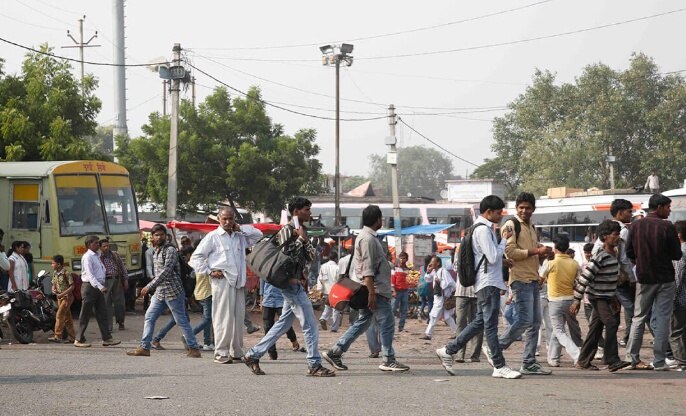
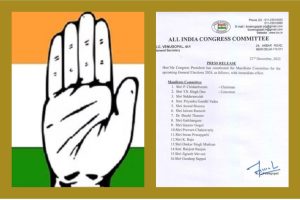
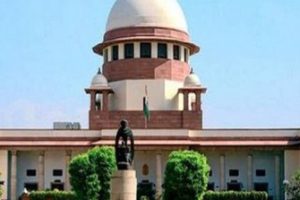
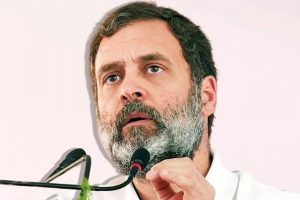







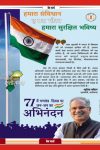






Add Comment